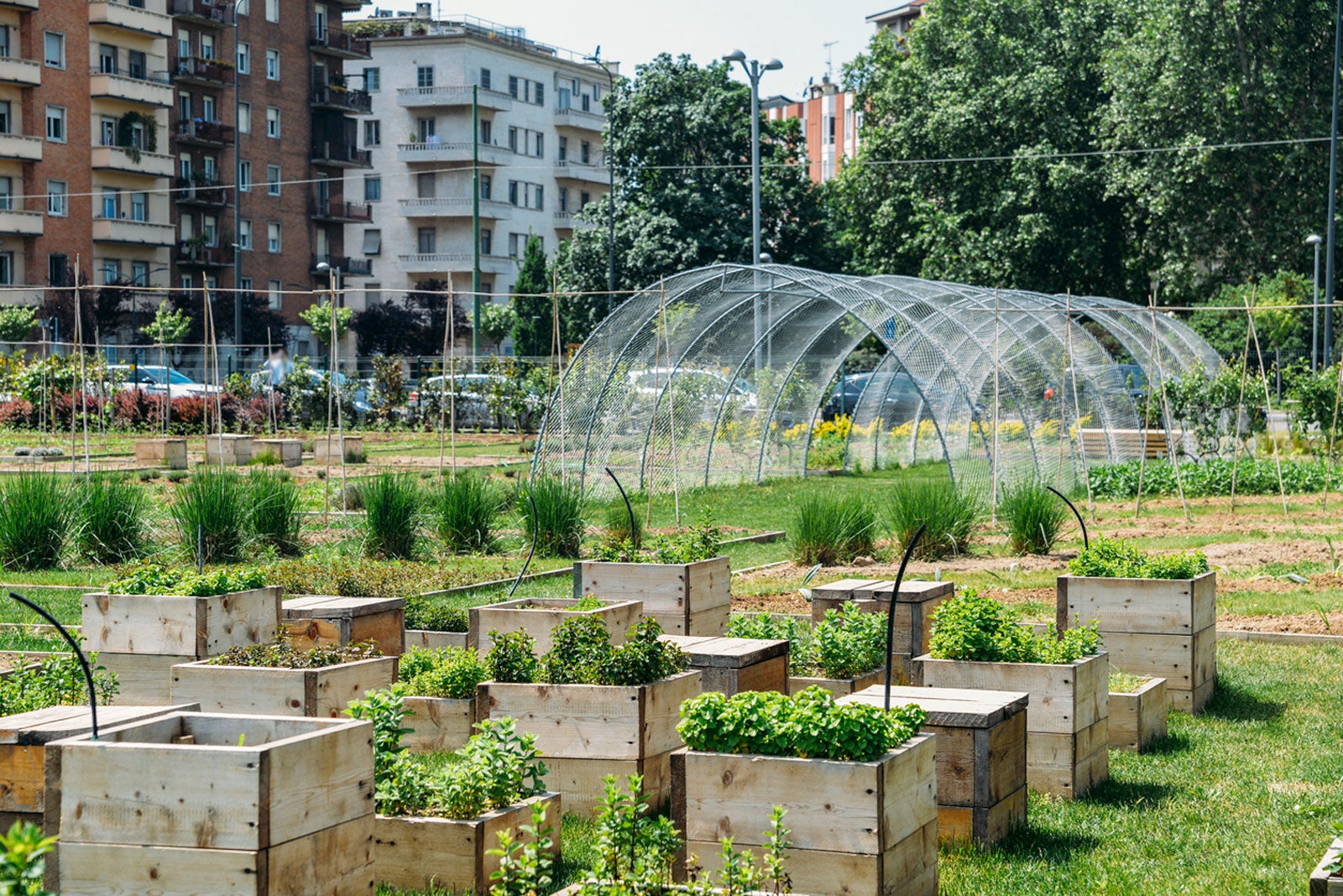Rumored Buzz on City Blooming
Rumored Buzz on City Blooming
Blog Article
The 10-Second Trick For City Blooming
Table of ContentsThe 9-Second Trick For City BloomingThe smart Trick of City Blooming That Nobody is DiscussingGet This Report about City BloomingThe City Blooming IdeasCity Blooming Things To Know Before You Buy
Fascinated in expanding food available in the City of Chicago? Thinking concerning beginning a community garden? Changes to the Chicago Zoning Regulation enable agricultural uses like area gardens and urban farms in many components of the city. Below is a checklist of regularly asked concerns regarding the rules and regulations that farmers ought to take into consideration when intending a metropolitan farming job.
The zoning change does not customize any type of other codes taking care of composting, building permits, purchasing or renting City had residential property, organization licenses or environmental contamination. There are existing codes that regulate these concerns and they continue to be in full effect and may be relevant to your job. Neighborhood yards are generally possessed or managed by public entities, civic organizations or community-based organizations and kept by volunteers.
Urban farms grow food that is intended to be sold, either on a nonprofit or for-profit basis. Due to their industrial objective, city farms call for a business license.
City Blooming Can Be Fun For Anyone
The quantity of compost material can not go beyond 25 cubic lawns at any type of offered time according to the requirements in 7-28-715 of the City's Municipal Code. Due to the fact that the dirt at many new yard sites needs amending, garden compost, soil, timber chips, or various other materials can be obtained to build or improve the expanding space.

If a structure license is needed after that the hoophouse will be thought about an accessory structure. You can discover out more concerning the structure authorization needs by getting in touch with the Division of Structures. The 25,000-square-foot dimension limitation is intended to stop a solitary area garden from controling a given block or interfering with the block's existing household or industrial personality.
The limitation does not use to gardens located in Public Open Space (POS) areas. Can there be more than one neighborhood garden that is 25,000 square feet on a single block? Secure fencing is not needed, however, yards that have big parking areas may be needed to install secure fencing or other landscape design functions.
The Definitive Guide for City Blooming
B1 & B2 areas call for that all business usage tasks be performed inside your home. R areas limit business activity. The laws mirror the objective and intent of the Zoning Code. Is secure fencing needed for urban ranches? Yes. Fences may be called for, along with landscaping and testing, for certain parking lot and outdoor work or storage areas depending upon location and the details task taking location.
Yes. Urban farms require structure authorizations and zoning approvals before building and construction. Other kinds of city review may be needed depending on certain frameworks, activities, dimension, landscaping, licensing, public heath and stormwater administration concerns. Many of these requirements are determined in the job design or permitting procedure, however, the applicant might be accountable to separately recognize certain licenses or permits that might be called for.
Yes. The kind of permit is determined by what is taking place at the site. The Department of Business Matters and Consumer Defense can help identify the details kind of company license that's needed. Yes. Off road auto parking is needed for a lot of commercial projects in Chicago. The required variety of parking areas is based upon the number of staff members servicing website and not the square video of the expanding area.
Everything about City Blooming

A metropolitan farm can sell garden compost material produced on site, nevertheless, the procedure needs to comply with the regulations in 7-28-715 of the Chicago Municipal Code. Aquaponic systems are permitted indoors on urban ranches in several zoning areas.
Up to 5 hives or colonies of honey might be kept as an accessory use. Nonetheless, beekeepers must sign up with the Illinois Department of Farming. For more details about the recommended zoning modification you might get in touch with the Division of Real Estate and Economic Development, Bureau of Preparation and Zoning at 312.744.8563.
Farming in cities and urban locations A city farm in Chicago. Urban agriculture describes numerous methods of cultivating. https://peatix.com/user/22844047/view, processing, and dispersing food in metropolitan locations. The term likewise puts on the location activities of animal husbandry, tank farming, beekeeping, and gardening in a city context. Urban agriculture is differentiated from peri-urban agriculture, which occurs in backwoods beside residential areas.
Some Known Incorrect Statements About City Blooming
It can include a movement of organic farmers, "foodies" and "locavores", that look for to develop social networks founded on a common values of nature and neighborhood holism. These networks can establish using official institutional assistance, coming to be integrated into local town as a "shift town" movement for lasting metropolitan growth.
The a lot more direct accessibility to fresh vegetable, fruit, and meat items that might be realised via urban farming can enhance important source food security and food security while reducing food miles, bring about reduced greenhouse gas discharges, therefore adding to environment change mitigation. A few of the very first proof of urban farming originates from Mesopotamia.
Report this page